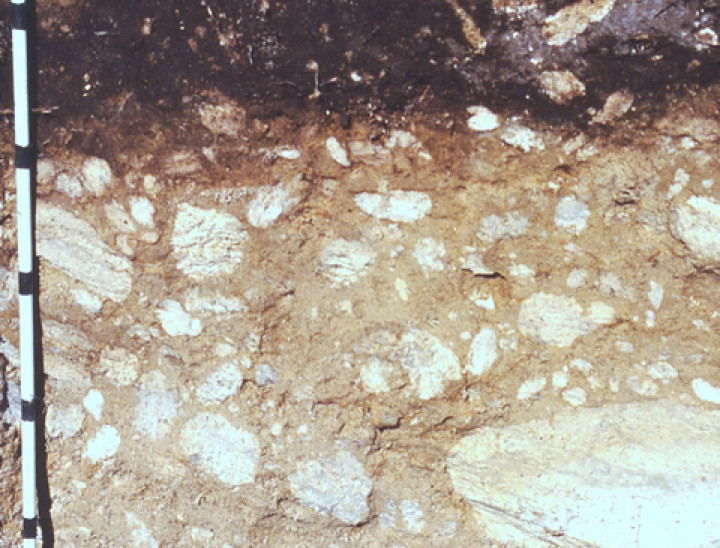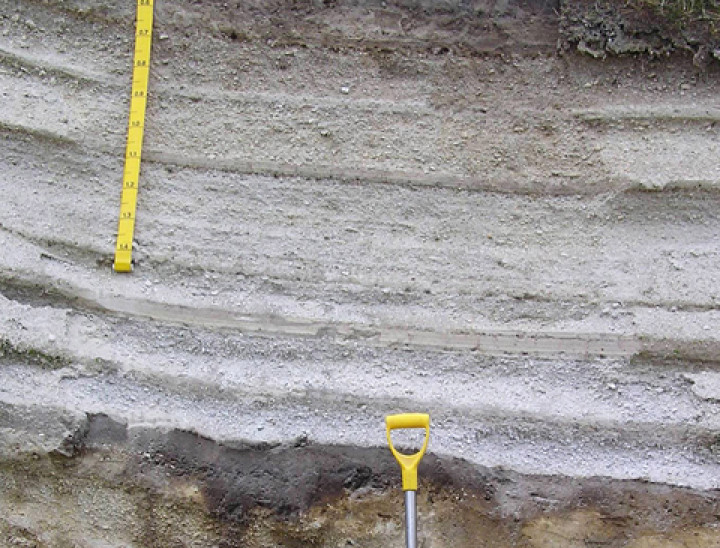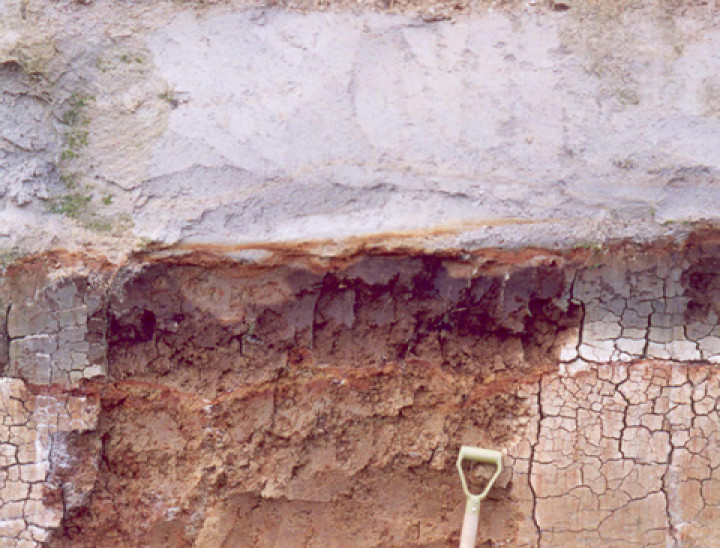Pumice Soils [M]
- Home
- » Topics
- » Soil classification
- » NZSC
- » Soil orders
- » Pumice Soils [M]
Mostly derived from one of the greatest volcanic eruptions ever known from the crater now occupied by Lake Taupo
Pumice Soils are sandy or gravelly soils dominated by pumice, or pumice sand with a high content of natural glass. Drainage of excess water is rapid but the soils are capable of storing large amounts of water for plants. They occur in tephras ranging from 700 to 3500 years old.
Occurrence
Pumice Soils occur predominantly in the central North Island, particularly in the Volcanic Plateau. They cover 7% of New Zealand.
Physical properties
Clay contents are low, generally less than 10%. They have low soil strengths, high macroporosity, and deep rooting depth. Soils have low strength when disturbed, but are generally resistant to livestock treading damage.
Chemical properties
The pumice is fresh or only moderately weathered with low reserves of major nutrient elements. Trace elements are likely to be deficient. Clay minerals are dominated by allophane.
Biological properties
Soil animal populations are low with most species concentrated in the topsoil. Earthworm populations are limited by droughtiness and coarse texture.
Soil groups
Soil orders are divided into soil groups based on variation in factors such as drainage status, parent material, chemical and physical properties:
- [MP] Perch-gley Pumice Soils — periodic wetness caused by a perched water table
- [MI] Impeded Pumice Soils — with a subsoil layer that restricts water movement and roots
- [MO] Orthic Pumice Soils — other Pumice Soils



